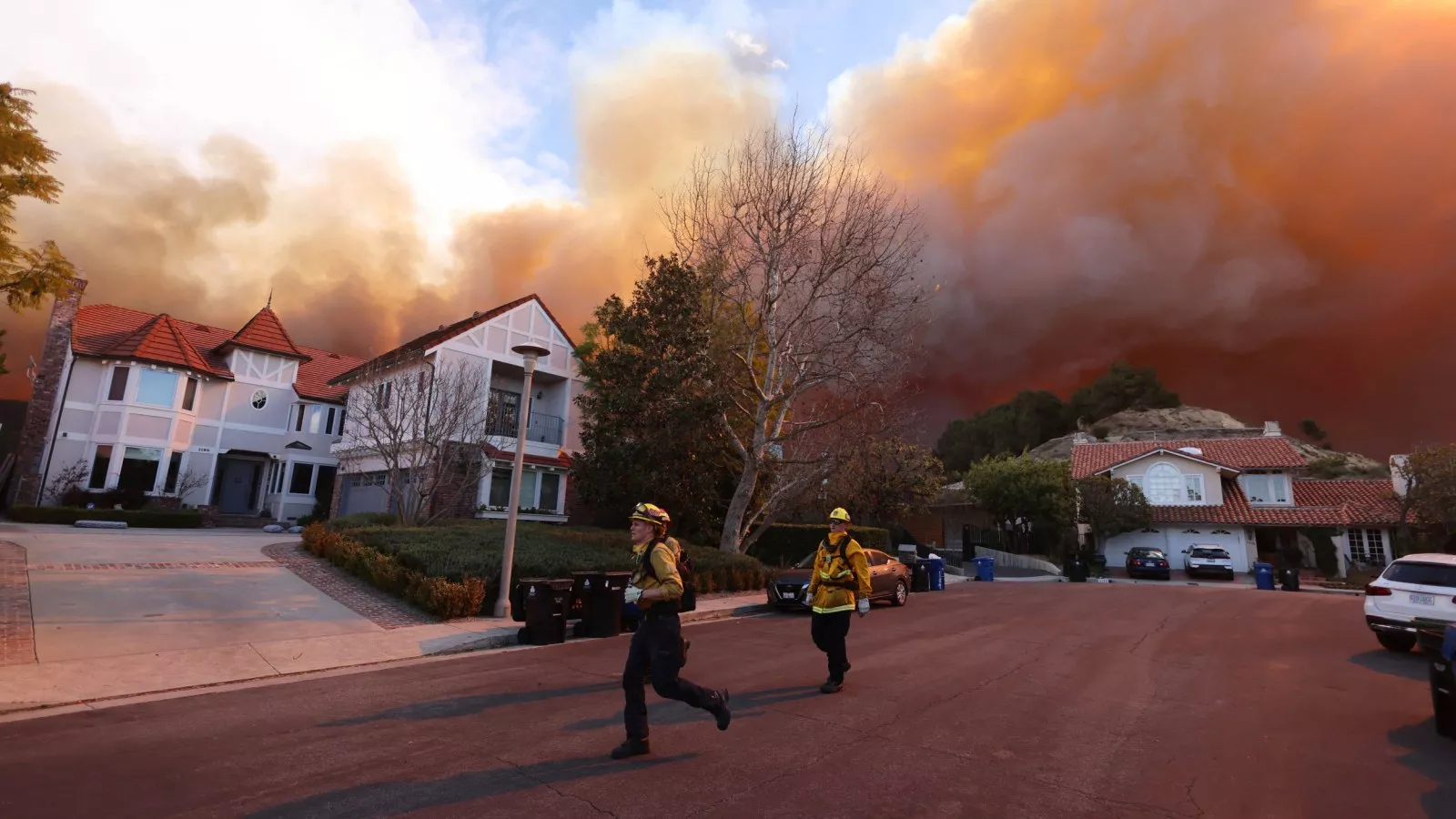Flames at the Doorstep: Hollywood's Elite Flee Raging Wildfire in Pacific Palisades

A sudden and intense wildfire swept through an exclusive Los Angeles neighborhood on Tuesday, forcing high-profile celebrities to urgently evacuate their luxurious homes. The fast-moving blaze caught residents off guard, creating a dramatic scene of panic and rapid escape as flames threatened the upscale community. Celebrities quickly gathered their most precious belongings and fled the area, highlighting the unpredictable and dangerous nature of California's wildfire season. The incident underscores the ongoing environmental challenges faced by residents in fire-prone regions, even in some of the most affluent neighborhoods of Los Angeles.

